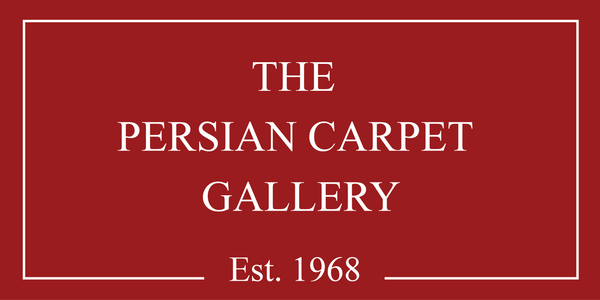The Persian Carpet: Up to 1800
Many of the carpets preserved in museums across Iran, Europe, and the United States date back to the 16th and 17th centuries, a period that coincided with the rise of the great Flemish and Dutch painting schools. This book connects these masterpieces to the creations of the 19th and 20th centuries. The 18th century, however, marked a significant break due to negligible production. This era, marked by war, invasions, and civil unrest, was not conducive to the flourishing of arts and craftsmanship.
The finest carpets were woven during the reigns of Shah Tahmasp and Shah Abbas the Great, both of whom were pivotal patrons of this art. Unfortunately, few historical records exist to shed light on the creation of specific carpets, making the long-used method of attributing rugs to specific production centers largely unreliable. Future discoveries may provide the documentation needed to determine the exact origins of some 16th- and 17th-century rugs. For now, only hypotheses can be formed.

We know that factories operated in Tabriz, Qazvin, Isfahan, Joshagan, Kashan, Kerman, and the eastern cities of Herat and Mashhad. Including Mashhad seems logical, given its status as a pilgrimage center and the nearby burial site of the great poet Firdausi, which likely fostered a cultural tradition supporting carpet production similar to other prominent cities.
